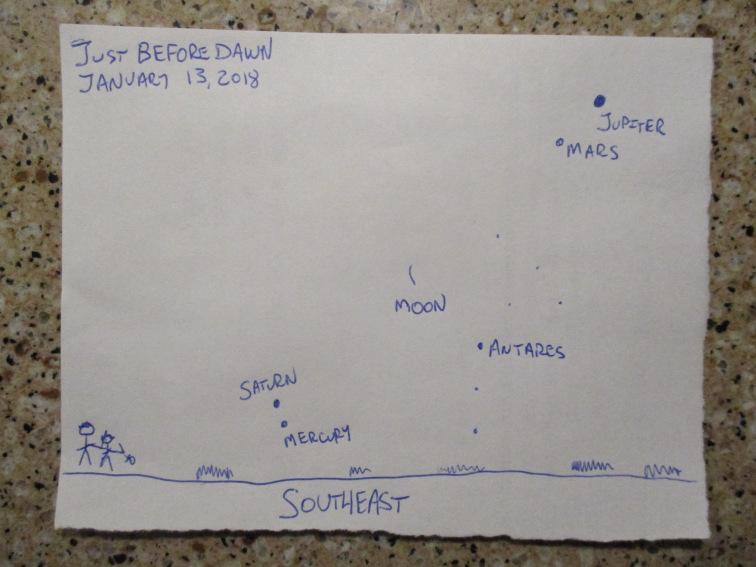
Image of the Panzani advertisement
The linguistic message
A seminal essay in which Barthes sets out his theories on the interpretation of the photographic image and the associated difficulties of using semiotics as a “true system of signs”.
An interesting thought that Barthes sets out quite early in the text is whether the image is in fact the limit of meaning which is a concept that I have overlooked previously whilst reading this essay, but as I gain a deeper understanding of Barthes’ thinking then the more significant this idea becomes.
Rhetoric of the image centres on the advertising image (Panzini poster) as it’s example as Barthes feels that the advertising image is the most pure imagery in the sense of intention.
For the purposes of this exercise we focus upon the linguistic aspect of the essay; Barthes explores whether text associated with an image adds fresh information or merely affirms the content of the image.
He rightly points out that in today’s societies text always, in essence, accompanies the image and that there is essentially always a purpose and meaning for the photograph; so rather than replacing the written word the text merely acts to confirm the proposed meaning.
Barthes sets out two functions of the linguistic message Anchor and Relay.
As photographic images are in essence polysemous this situation can lead to a dis-function and therefore the anchor text directs and controls the reader’s interpretation. The anchor is often seen predominantly as a title or descriptive caption in advertising and photojournalism and provides a clear confirmation of the meaning of the image, removing any ambiguities. This can in turn raise questions around the politics of authorship, context and narrative.
The relay is used more sparingly, creating a complimentary relationship between image and text although neither is exclusively dependent on one another. This type of text is more seen in films where the implication is to provide a direction or meaning at a higher level and one that may well not explicitly be obvious in the image.
Barthes sees the anchor as more direct and in control of the image, whereas the relay requires the reader to have a greater understanding of language, but both effectively amount to the same thing.
Barthes believes that we never actually see a completely naïve photograph, at least not in advertising, as there is always a purpose and therefore always a relationship with symbolic meaning.
The essay also explores the photographic myth, the naturalness and assumed objectivity of photographic imagery. The assumption that the camera mechanically records reality as it happens and natural history as it is made.
Rhetoric of the Image opposes this assumption that photography creates a natural history when in fact what we are seeing through a process of photography (framing, distance, lighting, focus, speed) and this system of codes is culture and ideology; this concept has helped to shape the history and understanding of photography since it’s original post-modernist conception.
Barthes concedes that the, “type of consciousness the photograph involves is truly unprecedented”, and believes that the medium has created, “a new space-time category: spatial immediacy and temporal anteriority, the photograph being an illogical conjunction between the here-now and the there-then.”
The understanding that photographs are “never experienced as illusion”, always providing “stupefying evidence of this is how it was, giving us, by a precious miracle, a reality from which we are sheltered.”
Barthes outlines how photography differs from other art fictions such as painting and drawing through this “mutation of informational economies”. So in his example of the Panzini poster, which is full of semiotic symbols, there still exists this sense of naturalness and having been there created by the photographic image.
However, “What gives this system it’s originality is that the number of readings of the same lexical unit or lexia (of the same image) varies according to the individual, and that, “The variation in reading is not anarchic; it depends on the different kinds of knowledge – practical, national, cultural, aesthetic – invested in the image,”.
Bathes summarises by questioning whether we can ever achieve a “total meaning” when the internal structure struggles between “the system as culture and the syntagm as nature” (Barthes, R. 1977)
This feels likes a really important essay for the student of photography and I will keep it close as I continue to study.
Bibliography
Barthes, R (1977). Image–Music–Text. London: Fontana Press.
Share this:





